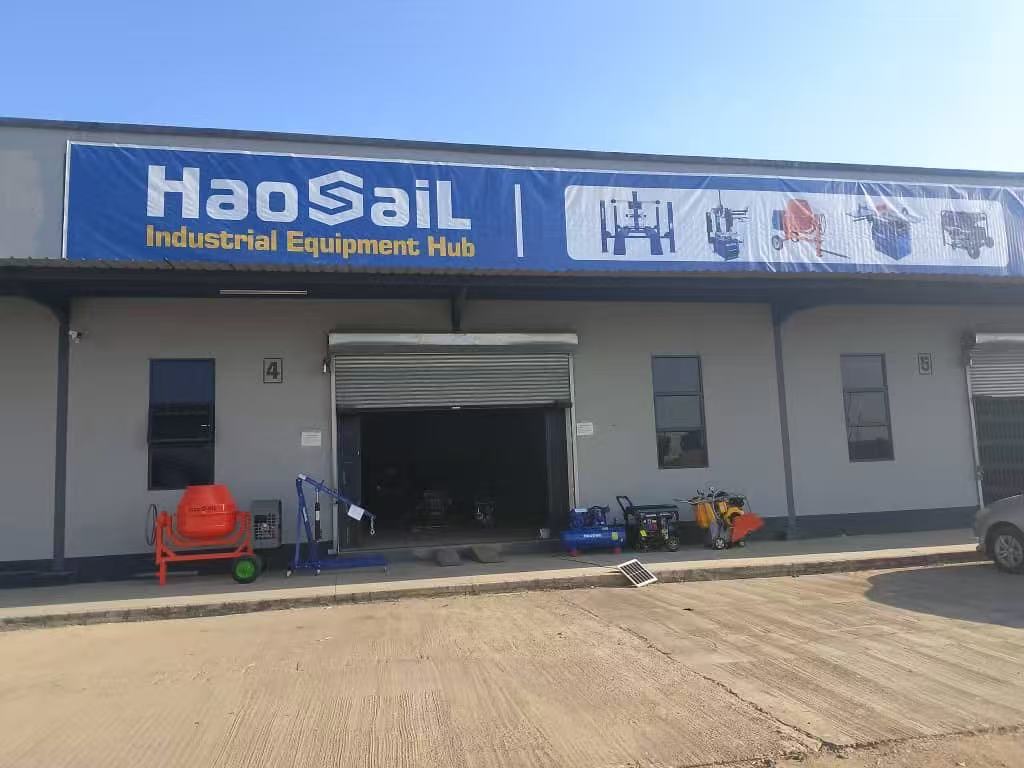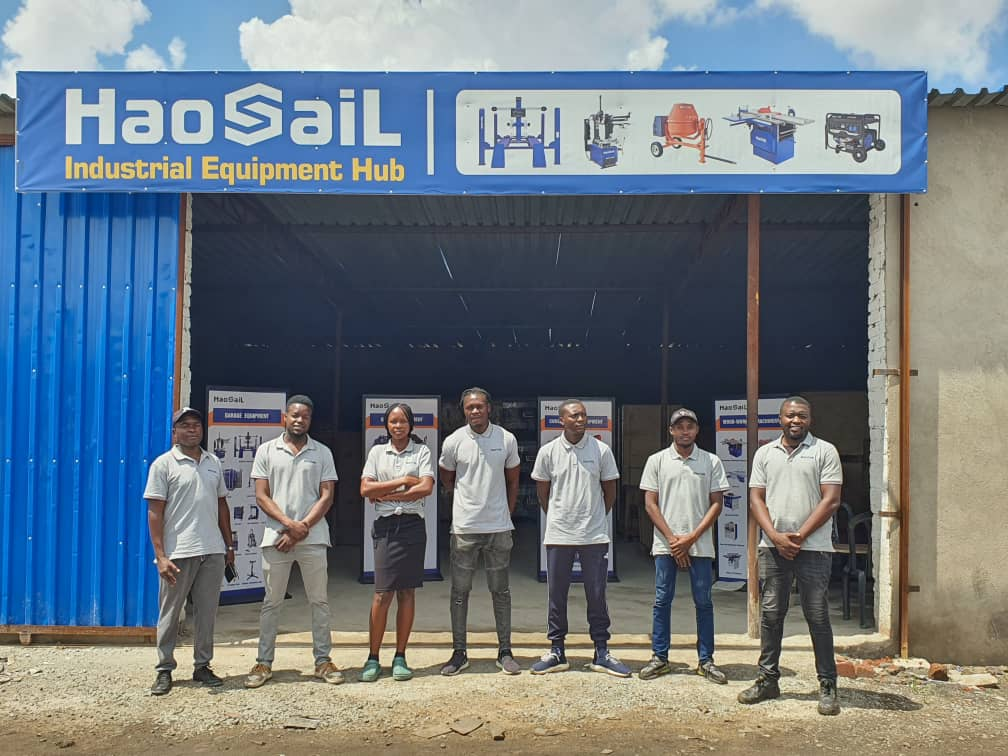
Aug 27, 2025

Aug 12, 2025

Jun 04, 2025

May 30, 2025
B4, Qingdao High-Tech Zone, No. 17 Songyuan Road, Qingdao.
+86 13864822549

What is the difference between 4-wheel alignment and Wheel Balancer?
When our car has problems such as deviation, high-speed shaking, and uneven tire wear, we usually go to a repair shop for repairs and perform four-wheel alignment and Wheel Balancer. At the same time, it is recommended that you rotate the tires. As car novices, we are often confused: What is the difference between four-wheel alignment and Wheel Balancer? Why do these tasks have to be performed at the same time? Let's talk about the difference between them.
1.4-wheel alignment
Wheel alignment is different from Wheel Balancer.Our ordinary cars have four
wheels, two of which are steering wheels at the front. These wheels are not installed on the car casually, but have a fixed installation relationship. The installation of a certain relative position between the wheel, the steering knuckle (shroud) and the axle is called wheel alignment. For the front wheel (steering wheel), it includes the kingpin castor, the kingpin inclination, the front wheel camber and the front wheel toe; for the rear wheel, it includes the wheel camber (angle) and the rear wheel toe. If it is a rear-wheel drive model, there is another very important parameter called the thrust angle. Front wheel alignment and rear wheel alignment are collectively called four-wheel alignment.
The role of four-wheel alignment is to keep the car running straight and easy to steer, to ensure that the steering wheel (front) wheel can automatically return to the correct position after steering, and to reduce the wear of the tires and steering parts of the car while driving. Four-wheel alignment has a great impact on the handling of the car. If the four-wheel alignment of the car changes, it will cause the car to run off the track, the steering wheel is not straight, the tires are worn, the steering is heavy, and it cannot return to the correct position automatically. In addition, when we release the steering wheel while driving, the car can also automatically keep running straight, and the wheels will automatically return to the correct position after turning. These are all the effects of four-wheel alignment.
Here is an introduction to Wheel Balancer.
We are all familiar with Wheel Balancer, because we usually have to do wheel balancing when maintaining the car. As we all know, an object rotating at high speed around its center will generate a large centrifugal force. If the mass distribution of the rotating object is very uniform, the centrifugal forces in all directions will cancel each other out, so the center of rotation will not be subject to additional forces. This situation is called Wheel Balancer; however, if its mass distribution is uneven, the centrifugal forces in all directions are different in size and cannot cancel each other out, and there will be additional forces acting on the center of rotation, causing the object to oscillate. This situation is called dynamic imbalance.
The wheel of a car is such a high-speed rotating object. This is why Wheel Balancer is a must. It is a whole composed of a tire and a rim. However, due to manufacturing reasons, the shape of the rim and tire cannot be absolutely circular; after the two parts of the rim and tire are assembled together, they will undergo a certain deformation due to stress; Designed with a valve, its weight will have an impact on rotational balance. Due to the influence of these factors, the mass distribution of each part of the wheel cannot be very uniform. When the car wheel rotates at high speed, it will form a dynamic imbalance state, causing the wheel to shake, the steering wheel to vibrate, and the tire to wear abnormally while the vehicle is driving. This is why Wheel Balancer is so important.